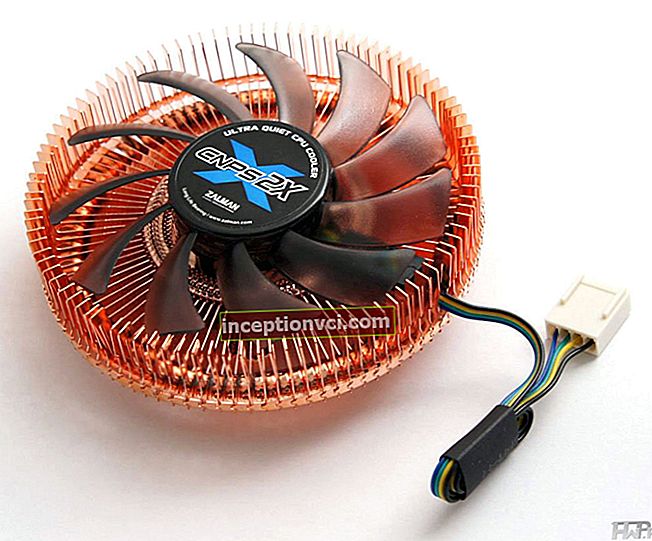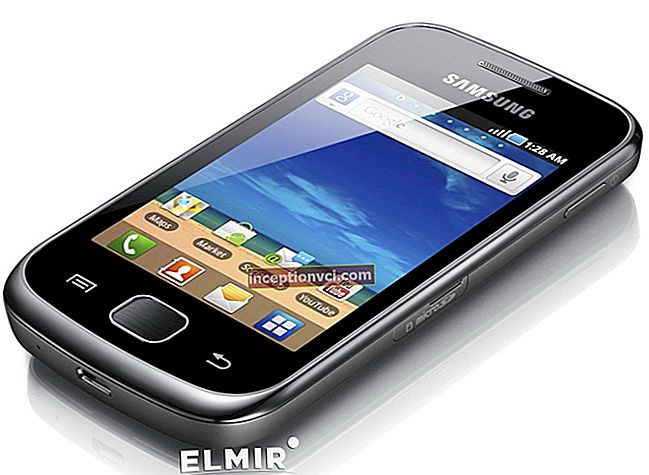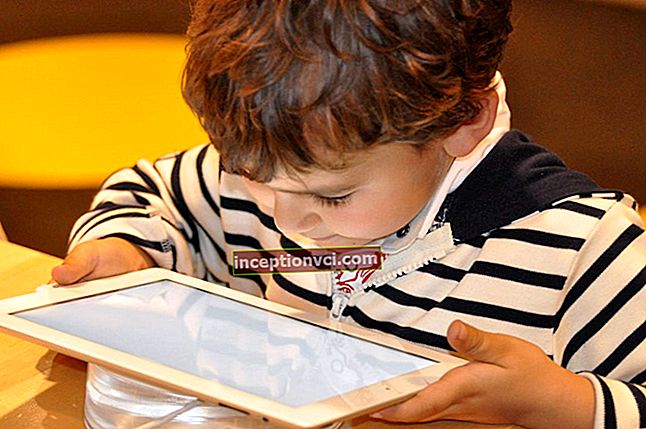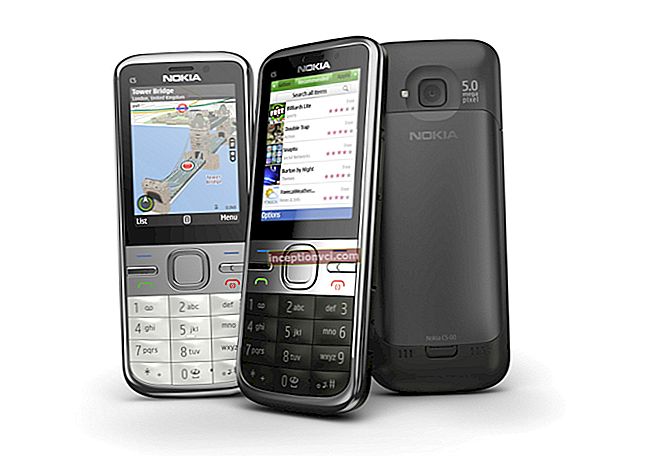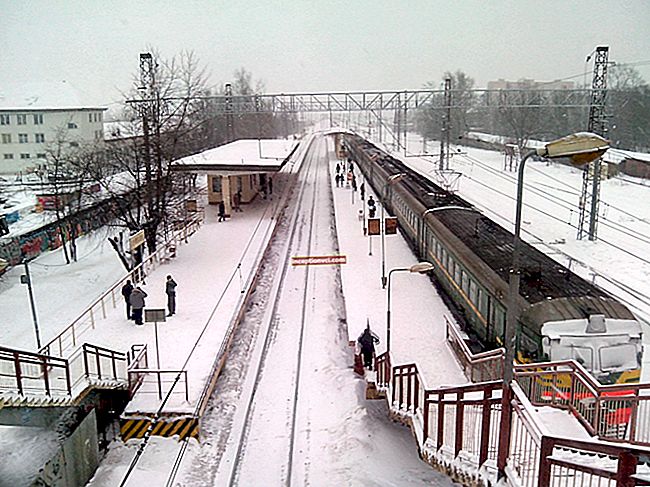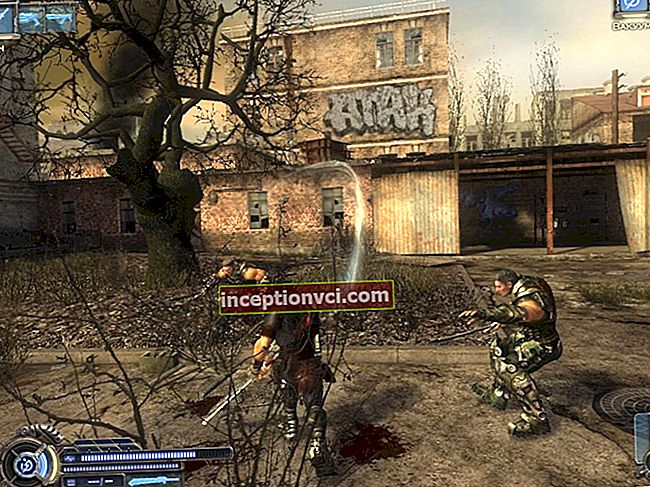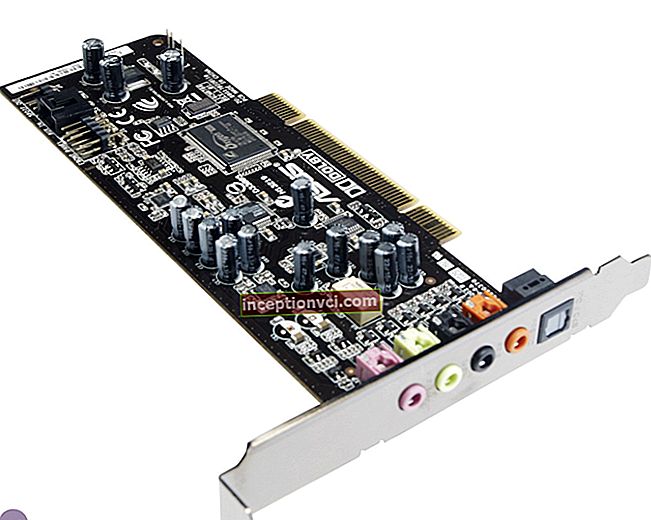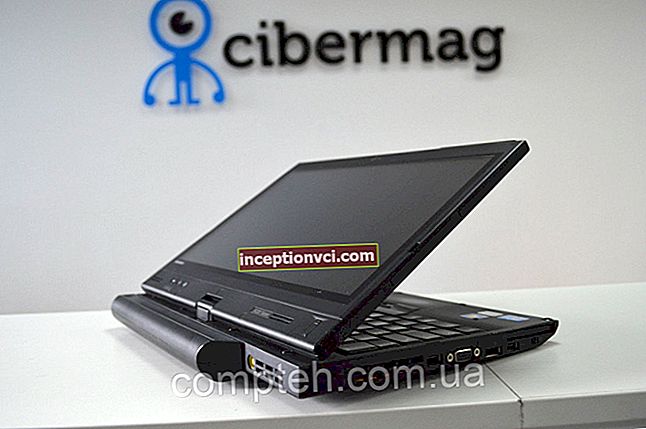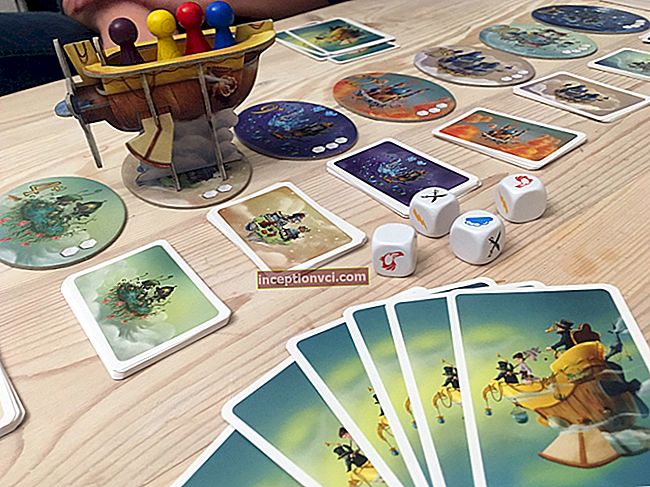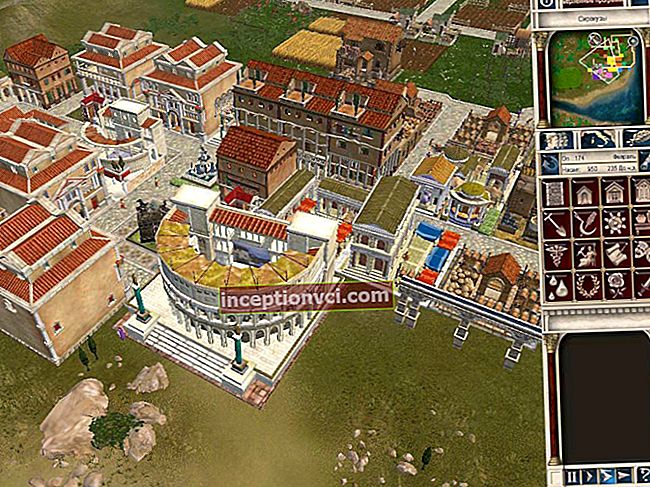The launch of the Motorola RAZR V3 was a real sensation. Before that, the world had never seen a slimmer GSM clamshell. Functionally, the phone did not represent anything revolutionary, although it turned out to be modern enough to boast of its second birth - I mean its pink version. The main focus was on appearance. After evaluating the success of the RAZR, Motorola continued to develop the trend of stylish and slim devices. Following the well-equipped L7, another ultra-thin phone, the Motorola L6, entered the Ukrainian market. It is already aimed at a wider range of users - its price is lower than that of the L7, and it belongs to the category of mid-level terminals.

10 mm
If you look at the front panel of the device, there is nothing unconventional about it - only the keyboard seems very thin. Its thickness is only 10.5 millimeters (even less than the RAZR - due to the lack of a top cover). The rest of the dimensions do not go beyond the average for a candy bar: length 113 millimeters, and width - 49. The weight is 86 grams. Thanks to its small thickness, the Motorola L6 is easy to carry even in a shirt pocket. Despite this compactness, the developers were able to place several keys on the side surfaces. The button for accessing the Push-To-Talk service is on the left, and for turning on the camera on the right. An interesting place was found for the charger connector - it can be seen at the top of one of the side panels. An interface cable (mini-USB) is also connected here.

The rear surface is notable for the camera lens and external speaker. Thanks to the latter, the sound of ringtones can rightfully be called loud. When an incoming call arrives on L6, it is associated with a fire alarm. To the left of the keyboard is a light indicator. Its function is to automatically turn off the button illumination in daylight conditions. If it is enough, it will not turn on, which helps conserve battery power. On the right is a microphone (usually at the bottom). Such a location is quite justified - it is almost impossible to involuntarily close it with a finger. The bottom end is generally freed from any controls - so as not to spoil the phone's appearance. The case is made of anodized aluminum for durability and reduced shock sensitivity.
The phone uses a display based on CSTN-matrix. The image looks bright on it - after all, 65 thousand colors. When working with text, the screen can display six lines of text plus three with service information.

Slim keyboard
One of the features of the device is the keyboard. The buttons are quite thin, although not touch-sensitive - when working with them, you can feel a slight move, and you need to get used to it. The navigation key is chrome-plated and has the shape of a circle. Unfortunately, you don't have to expect much comfort from it, which cannot be said about the other buttons. The backlight is blue. It is too bright, which creates some difficulties in complete darkness - the symbols printed on the keys merge, and the light hurts the eyes a little. On the number buttons, the letters of two alphabets (Russian and English) are perfectly placed.
The main menu is presented with nine animated icons. Further submenus are in the form of strings. A separate item is "Bluetooth" - support for wireless communication is already becoming standard options even in phones for the mass consumer.
Photo and video
The L6 has an integrated VGA camera. It is turned on using a special key on the right panel or through the main menu (section "Multimedia", sub-item "camera"), in the settings there is a possibility of fourfold zooming.You can take self-portraits by placing the camera on a hard surface and walking back a few steps - a timer with a five or ten second shutter release delay is provided for this. Several styles are available - this is how the photo decoration effects are called. Namely: "colored", "black and white", "bluish", "antique", "reddish" and "greenish". Each of them gives the picture the color indicated in the title. There are three types of picture resolutions, although they are all low by today's standards. The maximum is 640x480 pixels. There are five different camera shutter sounds installed - from the traditional click of a regular camera to quacking ducks and shots.

The frame name consists of different numbers. For example: 02-05-06-1631. This is not at all a random set - the numbers indicate the date and time when the shooting took place. You cannot change such a template by which all file names are created, unless you rename the photo after it has been shot. A picture taken in a resolution of 640x480 pixels can be reduced to 320x240 or 120x160 pixels, and also printed without the help of a personal computer by sending it to a Bluetooth-compatible printer. If you select any picture and open its options, a sub-item "print" will appear there. Its quality, of course, remains modest - if you are lucky with the lighting, you can take a good photo the size of a postage stamp. Otherwise, you will get the same brand, only of poor quality.
In addition, Motorola L6 can record video in 3GP format. The maximum video resolution is 176x144 pixels, and the maximum duration is 30 seconds. Saving such a video takes a lot of time on the phone - for example, a 30-second one takes about 20 seconds. Therefore, it will not be possible to make a continuous series. By the way, the terminal has 10 megabytes of memory.
Accordingly, with a reasonable approach, it may be enough for the simultaneous storage of dozens of pictures, a couple of videos and several dozen compositions. And ringtones can be files in MP3, WAV and MIDI formats.
